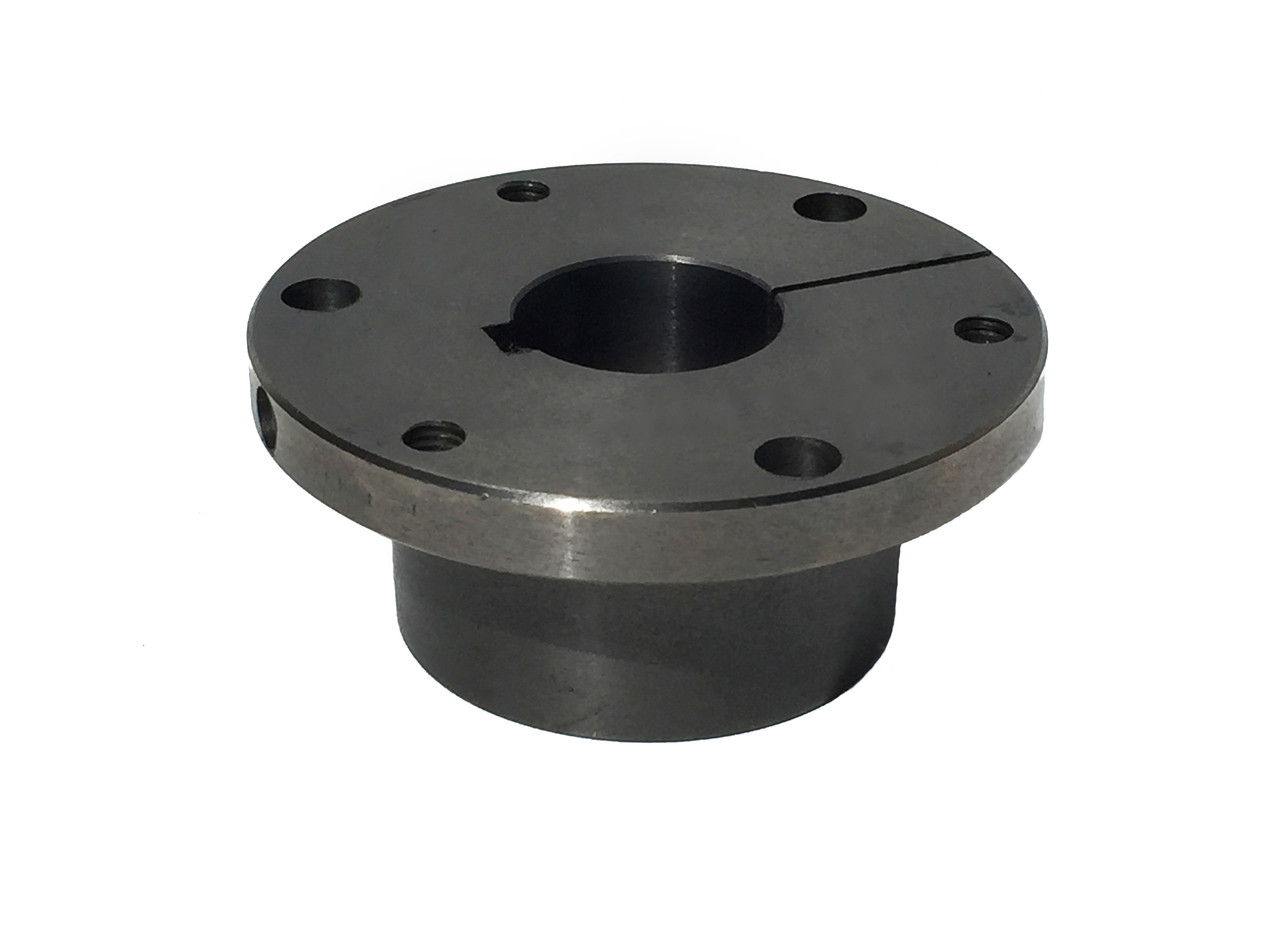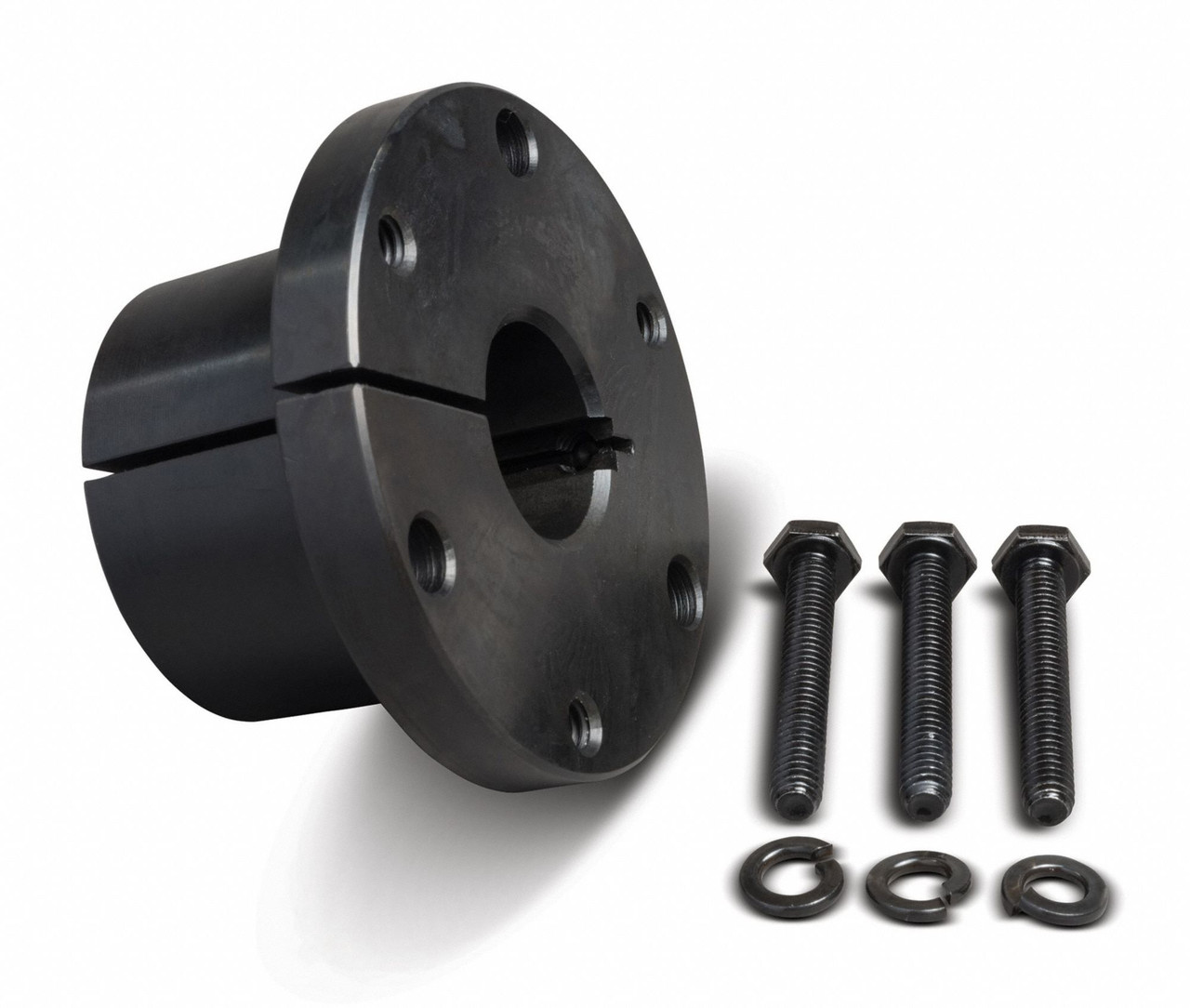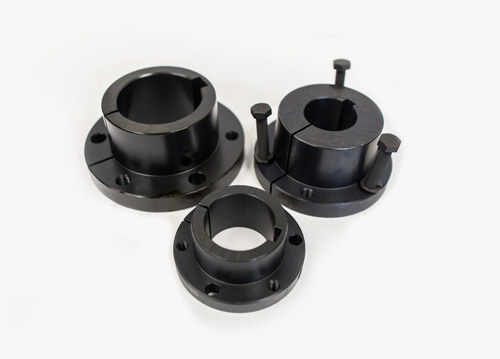
Are there any online forums or communities discussing the proper maintenance of QD bushings?
If you are seeking online forums or communities where you can discuss and learn about the proper maintenance of QD (Quick Disconnect) bushings, there are several platforms that can be helpful. These forums and communities provide opportunities to connect with like-minded individuals, industry professionals, and enthusiasts who can share their experiences and knowledge regarding QD bushing maintenance. Here are some platforms you can explore:
- Eng-Tips Forums: Eng-Tips is a popular online engineering community where professionals and enthusiasts discuss a wide range of engineering topics. The Mechanical Acoustics/Vibration Engineering forum and the Gear & Pulley engineering forum are two sections that often cover discussions related to QD bushings. By searching for relevant threads or starting your own discussion, you can engage with the community and gather insights on QD bushing maintenance.
- Practical Machinist Forums: Practical Machinist is a community-driven platform focused on machining, fabrication, and mechanical engineering. The forum features discussions on various topics, including power transmission systems and components. Exploring the General – Archive section or the Mechanical & Power Transmission section can provide you with valuable information and discussions related to QD bushing maintenance.
- Reddit: Reddit hosts numerous specialized communities, known as subreddits, where discussions on specific topics take place. The /r/MechanicalEngineering and /r/AskEngineers subreddits are examples of communities where you can ask questions and seek advice on QD bushing maintenance. Engaging with these communities allows you to interact with a diverse group of professionals, engineers, and enthusiasts.
- Machinery Lubrication Forums: Machinery Lubrication is a platform dedicated to lubrication and maintenance topics. Their forums cover a wide range of industrial equipment and components, including power transmission systems. While not specific to QD bushings, participating in relevant threads or starting a discussion can help you gather insights on general maintenance practices and lubrication considerations that are applicable to QD bushings.
- LinkedIn Groups: LinkedIn hosts professional groups where individuals with similar interests or industry affiliations connect and share knowledge. Searching for groups related to mechanical engineering, power transmission, or industrial maintenance can lead you to communities where QD bushing maintenance may be discussed. Joining these groups allows you to interact with professionals in the field and learn from their experiences.
When participating in online forums and communities, remember to respect the guidelines and rules of each platform. Be specific in your questions, provide relevant details, and engage in constructive discussions. It’s important to note that while these forums and communities can be valuable sources of information, it’s always recommended to cross-reference advice and information with official manufacturer documentation and guidelines.
By exploring these online forums and communities, you can connect with knowledgeable individuals and gain insights into the proper maintenance of QD bushings, ensuring their optimal performance and longevity in your mechanical systems.

What are the common materials used in the construction of QD bushings, and how do they affect performance?
QD (Quick Disconnect) bushings are available in various materials, each with its own characteristics that can impact performance and suitability for specific applications. Here are some common materials used in the construction of QD bushings and their effects on performance:
- Steel: Steel is a widely used material in QD bushings due to its excellent strength and durability. Steel QD bushings can handle high torque and load capacities, making them suitable for heavy-duty applications. They provide good resistance to wear and can withstand harsh operating conditions. Steel bushings are often coated or plated to enhance corrosion resistance.
- Stainless Steel: Stainless steel QD bushings offer similar strength and durability to steel bushings but with added corrosion resistance. They are particularly suitable for applications where exposure to moisture, chemicals, or corrosive environments is a concern. Stainless steel bushings are commonly used in industries such as food processing, pharmaceuticals, and marine applications.
- Cast Iron: Cast iron QD bushings are known for their excellent shock absorption and vibration damping properties. They can help reduce noise and minimize the transmission of vibrations in rotating equipment. Cast iron bushings are often used in applications where noise reduction and improved equipment performance are critical, such as in machinery and industrial equipment.
- Bronze: Bronze QD bushings offer good wear resistance and low friction properties. They are commonly used in applications where self-lubrication and reduced friction are essential, such as in conveyor systems and high-speed machinery. Bronze bushings also exhibit good resistance to corrosion and can operate in heavy load conditions.
- Plastic and Composite Materials: Certain QD bushings are made from plastic or composite materials, such as nylon or reinforced polymers. These bushings offer advantages such as lightweight construction, corrosion resistance, and low friction. Plastic bushings are often used in applications where quieter operation, non-conductivity, or chemical resistance is required. However, they may have lower load and torque capacities compared to metal bushings.
The choice of material for QD bushings depends on the specific requirements of the application. Factors such as load capacity, speed, environmental conditions, and the need for corrosion resistance or vibration damping influence material selection. It is important to consider these factors and refer to manufacturer specifications and recommendations when choosing the appropriate material for QD bushings.
Additionally, it is worth noting that the material of the QD bushing can affect the compatibility with the mating shaft material. Proper consideration should be given to ensure that the chosen bushing material is compatible with the shaft material to avoid issues such as galling, excessive wear, or galvanic corrosion.
By understanding the characteristics and effects of different materials used in QD bushings, you can select the most suitable material that aligns with your application’s requirements and enhances the overall performance and reliability of your mechanical system.

Can I get step-by-step instructions on installing QD bushings for different mechanical setups?
While I can provide a general overview of the installation process for QD bushings, it’s important to note that the specific installation steps can vary depending on the mechanical setup and the manufacturer’s guidelines. It is recommended to consult the manufacturer’s instructions and specifications for the specific QD bushing you are using. However, here is a general outline of the steps involved in installing QD bushings:
- Gather the necessary tools and equipment: Before you begin the installation process, ensure you have the required tools and equipment on hand. This may include wrenches, torque wrenches, a mallet or hammer, and any additional components or accessories specified by the manufacturer.
- Prepare the shaft and the mounting component: Clean the shaft and the inner bore of the mounting component to remove any dirt, debris, or old lubricants. Ensure that the shaft surface is smooth and free from any damage or burrs that could interfere with the installation process.
- Inspect the QD bushing: Before installing the QD bushing, inspect it for any visible damage or defects. Ensure that the tapered surfaces and the flange are clean and free from any debris that could affect the installation or the connection with the shaft and the mounting component.
- Position the QD bushing: Place the QD bushing over the shaft, ensuring that it aligns properly with the desired location on the shaft. The flange of the bushing should be facing the mounting component.
- Engage the QD bushing: Apply even pressure to the outer surface of the QD bushing to initiate the engagement. This can be done using a mallet or hammer. Ensure that the bushing is centered and properly seated on the shaft. Avoid applying excessive force that could damage the bushing or the shaft.
- Tighten the QD bushing: Using the specified torque value provided by the manufacturer, tighten the QD bushing by turning the tightening screws or bolts evenly. Follow the recommended tightening sequence provided by the manufacturer to ensure an even and secure connection. Be careful not to over-tighten the bushing, as this can cause damage.
- Verify the installation: After tightening the QD bushing, inspect the connection to ensure that it is secure and properly aligned. Check for any axial movement or play between the bushing, shaft, and mounting component. Verify that the mounted component is positioned correctly and securely fastened to the bushing.
- Complete the installation: Once you have verified the installation, proceed with any additional steps required for your specific mechanical setup. This may involve attaching other components, aligning belts or chains, or performing any necessary adjustments or calibrations.
It’s important to note that the above steps are a general guide and may not cover all possible scenarios or variations. Always refer to the manufacturer’s instructions and guidelines specific to the QD bushing you are using. Following the manufacturer’s recommendations will ensure proper installation and optimal performance of the QD bushing in your mechanical setup.


editor by CX 2024-05-17